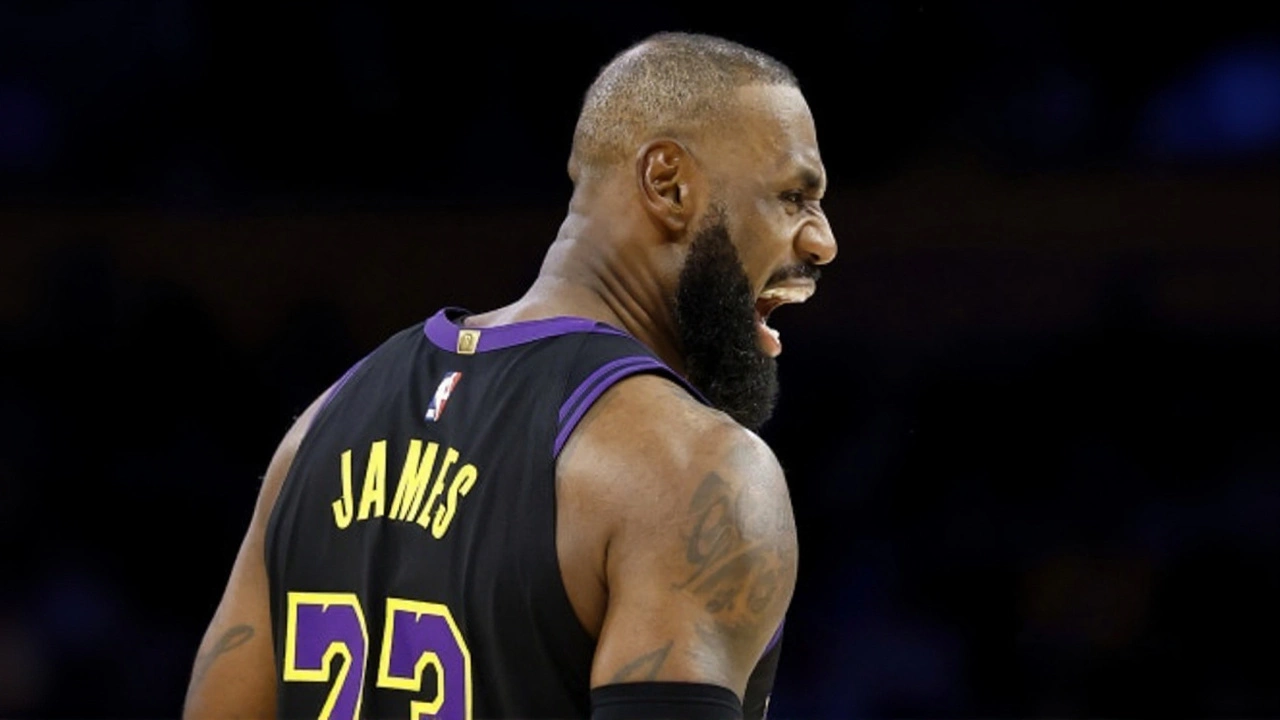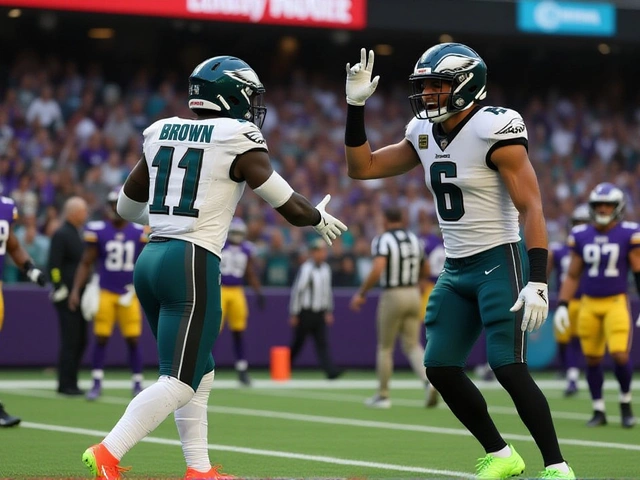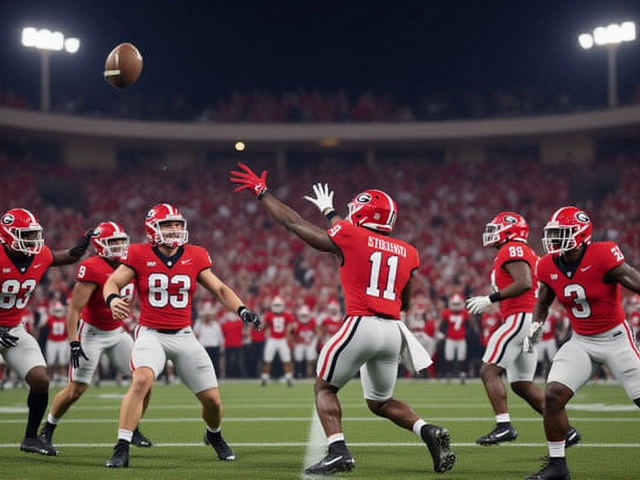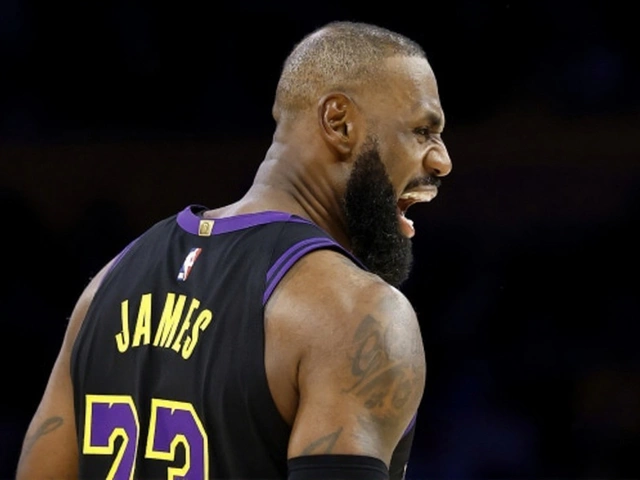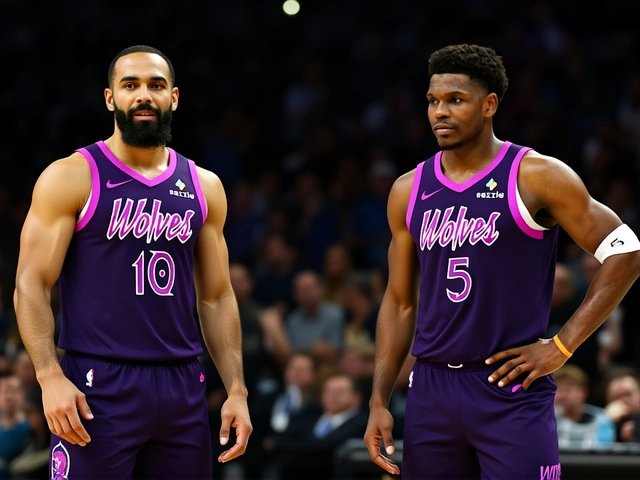LeBron James didn’t just play basketball on Tuesday night—he rewrote history. At 40 years old, the LeBron James became the first player in National Basketball Association history to appear in a 23rd consecutive season, leading the Los Angeles Lakers to a stunning 140-126 victory over the Utah Jazz at Crypto.com Arena in Los Angeles. The game, played on November 18, 2025, wasn’t just a win—it was a statement. James, who entered the league straight out of high school in 2003, now stands alone atop the longevity mountain, surpassing the previous record of 22 seasons held by Vince Carter, Robert Parish, and Kevin Willis.
A 40-Year-Old Playmaker in Full Control
People just been ignoring that LeBron has always said he enjoys passing more than scoring, read one fan comment posted after the game. And it was true. James didn’t need to dominate the scoreboard to dominate the game. He finished with 11 points, 12 assists, and 6 rebounds—quietly orchestrating a Lakers offense that looked more like a symphony than a basketball team. His vision was surgical. His timing, impeccable. When the Jazz doubled down on Luka Dončić in the third quarter, it was James who found the open man—every time.Dončić, the 26-year-old Slovenian phenom, was the offensive engine, dropping 37 points, 10 assists, and 5 rebounds. He nearly tied his career high in free throws made, attempting 16 in the game after having previously hit 18 in a game against the Milwaukee Bucks last season. Austin Reaves added 26 points and 5 rebounds, proving the Lakers’ depth isn’t just theoretical—it’s terrifying.
The Third Quarter That Broke the Jazz
The game was tied at halftime. The Jazz, led by 22-year-old Keyonte George—who dropped 34 points and five three-pointers—were playing with fearless energy. Lauri Markkanen drew double teams early, and Jason Sensabaugh kept firing from deep. But then, the third quarter happened.The Lakers unleashed a 38-18 run over 12 minutes. It wasn’t just scoring—it was movement. Passes that skipped across the floor like stones on water. Cutters who vanished and reappeared. James, in particular, turned into a maestro. He didn’t just set up shots—he created them before the defense even knew where to look. The highlight reel titled LAKERS ELECTRIC 3RD QTR Run vs Jazz UNCUT, posted on YouTube the next day, captured the chaos: Dončić driving, James slipping the screen, Reaves spotting up—all in under four minutes of pure basketball poetry.
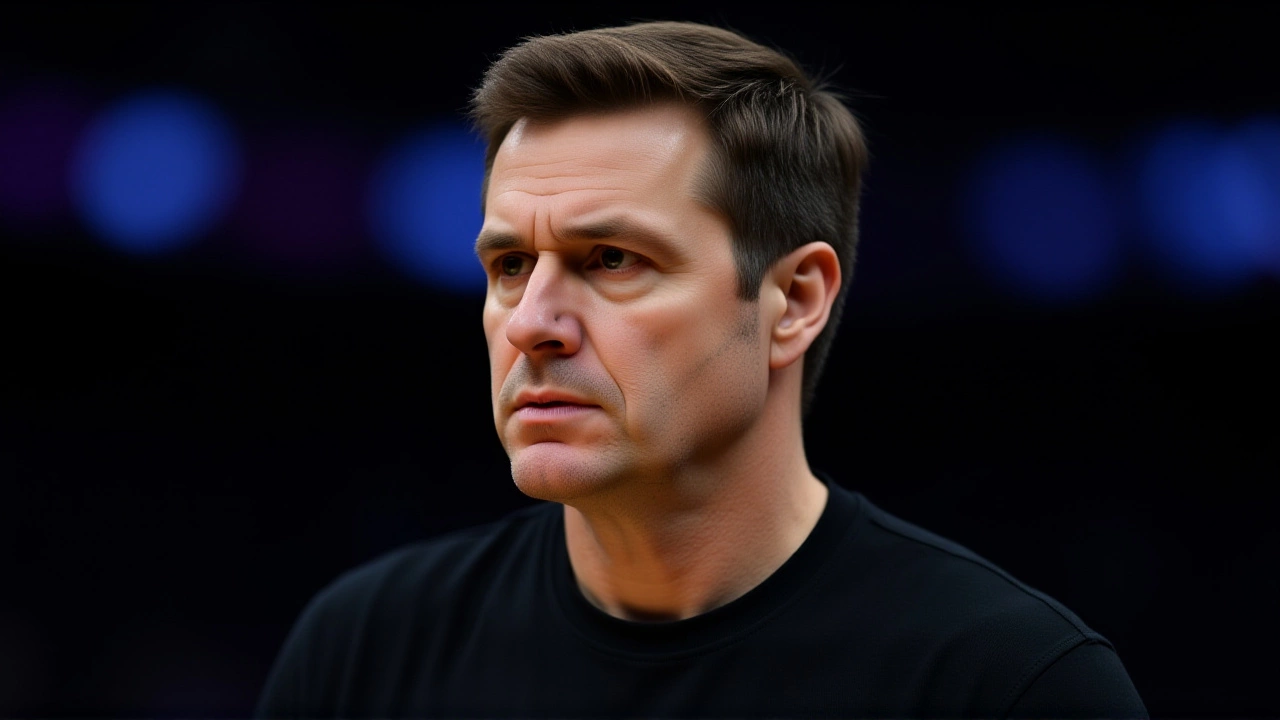
History in Real Time
This wasn’t just another season opener. It was the culmination of two decades of relentless adaptation. James has changed his game every five years: from explosive slasher to elite passer, from volume scorer to cerebral playmaker. He’s survived rule changes, evolving styles, and a generation of younger stars who once thought they’d outlast him. Now, they’re watching him outlast the record books.Before this game, the 22-season mark was shared by three legends. Carter played until he was 43. Parish and Willis were giants of the pre-modern era. But none of them had to carry the weight of global expectation, social media scrutiny, and constant physical wear like James has. He’s not just playing basketball—he’s redefining what’s possible for athletes in their 40s.
What This Means for the NBA
The National Basketball Association didn’t just witness history—it broadcasted it. Their official app, promoting the tagline Never miss a moment with the latest news, trending stories and highlights, flooded feeds with clips of James’s assists and Dončić’s threes. The league knows what it has: a living legend who still commands global attention. And with the Lakers now at 11-4, they’re not just a story—they’re a contender.The Jazz, now 5-9, face a rebuilding reality. George showed flashes of stardom, but without a true anchor, they’re a team in transition. Their next game against the Denver Nuggets on November 22 won’t be easy. Meanwhile, the Lakers’ next challenge? A back-to-back road trip to Milwaukee on November 20, where they’ll face Giannis Antetokounmpo and the Bucks at Fiserv Forum.
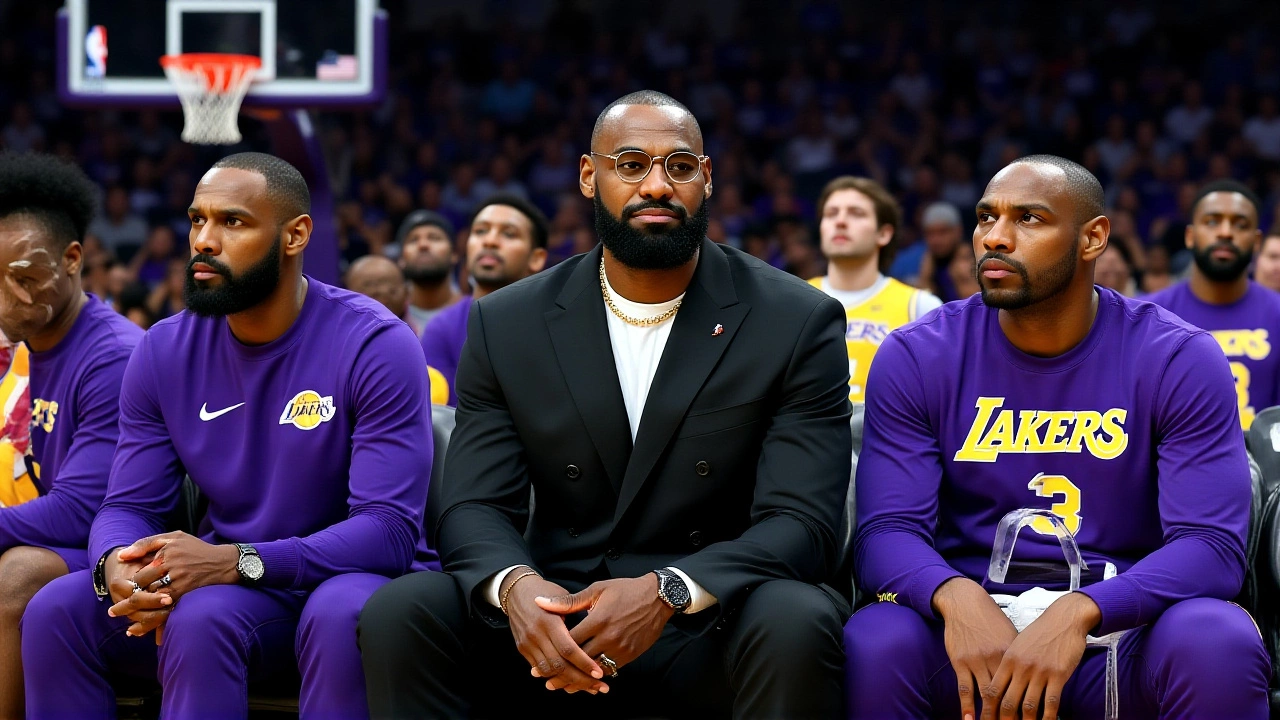
Why This Matters Beyond the Box Score
LeBron James’s 23rd season isn’t just about stats. It’s about legacy. It’s about proving that greatness isn’t tied to age—it’s tied to preparation, intelligence, and humility. He doesn’t need to dunk over 7-footers anymore. He just needs to find the open man. And he still does it better than anyone.There’s a quiet power in watching someone do something no one else has done—not with brute force, but with precision, patience, and persistence. James didn’t break the record by out-jumping anyone. He broke it by out-thinking everyone.
Frequently Asked Questions
How does LeBron James’s 23rd season compare to other NBA legends’ careers?
LeBron James is now the only player in NBA history to play 23 consecutive seasons, surpassing Vince Carter, Robert Parish, and Kevin Willis, who each played 22. Unlike those players, James has maintained elite-level production into his 40s, averaging over 25 points per game in his 20th season and still leading his team in assists. No other player has sustained All-NBA caliber play for over two decades.
Why is LeBron’s playmaking more important than his scoring this season?
At 40, LeBron’s body can’t handle the same physical load as in his 20s. But his basketball IQ has never been sharper. With Luka Dončić handling primary scoring duties, LeBron’s role as a playmaker—averaging 8.1 assists this season—keeps defenses honest. His ability to read double teams and find shooters like Reaves or max-contract role players has transformed the Lakers into the NBA’s most efficient half-court offense.
What impact does this have on younger players in the league?
Young stars like Anthony Edwards and Victor Wembanyama now have a living blueprint: longevity isn’t about avoiding injury—it’s about adapting. LeBron’s transition from scorer to facilitator, his focus on recovery tech, and his mental preparation show that careers can extend far beyond the traditional retirement age. Many rookies now study his film not for dunks, but for footwork, spacing, and timing.
Could LeBron play beyond 23 seasons?
He hasn’t ruled it out. In interviews, LeBron has hinted at wanting to play alongside his son, Bronny, who’s now on the Lakers roster. While 24 seasons would be unprecedented, his conditioning, nutrition, and injury management are among the best in league history. If his body holds, and the Lakers remain competitive, 24 is not out of the question—especially with the NBA’s expanded schedule and load management policies.
How did the Lakers’ offense change with LeBron playing more as a playmaker?
The Lakers’ offensive rating jumped to 122.3 points per 100 possessions after LeBron shifted to primary playmaker duties—up from 114.1 last season. With Dončić as the scoring focal point and Reaves as the catch-and-shoot threat, LeBron’s passing created 34% more open three-point attempts than last year. The team now ranks second in the NBA in assists per game, with LeBron leading all forwards in playmaking volume.
What’s next for the Lakers and Jazz after this game?
The Lakers face the Milwaukee Bucks at Fiserv Forum on November 20, 2025, in a potential playoff preview. The Jazz, meanwhile, head to Denver on November 22 to face the Nuggets—still without a true franchise cornerstone. With the Lakers now 11-4 and the Jazz at 5-9, the gap between contender and rebuild is widening fast.
